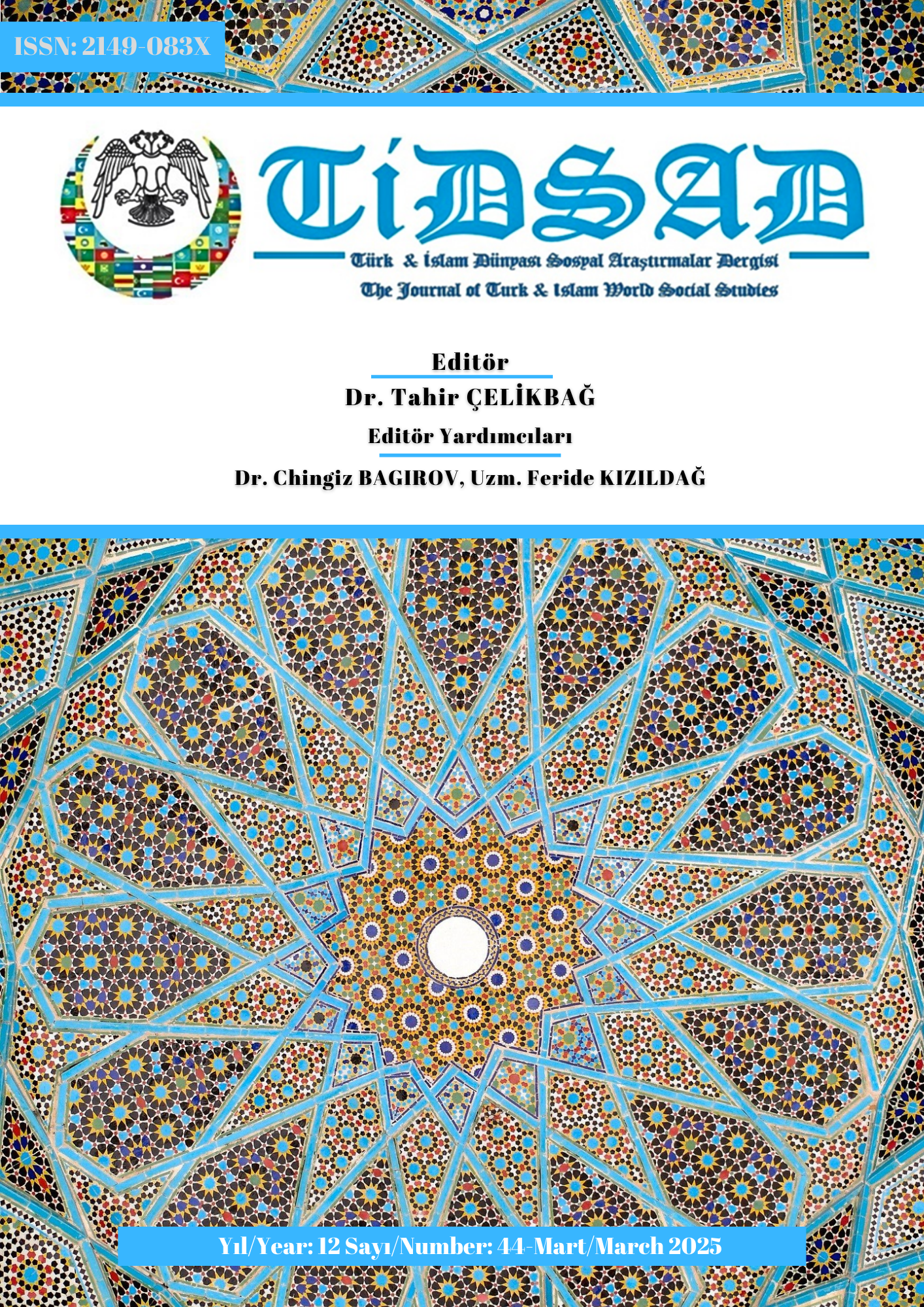Author :
Abstract
Göç olarak bilinen yerinden edilmeler tarih boyunca sıklıkla meydana gelmiş, toplumu birçok düzeyde etkilemiş ve bir ülkenin büyümesi üzerinde kalıcı bir etki bırakmıştır. Göç, insanların çeşitli nedenlerle bulundukları yerden ayrılarak başka bir yere yerleşerek hayatlarını sürdürmelerini de kapsamaktadır. Kırsal bölgelerde yaşayan insanlar yaşamak için yeni yerlere, genellikle kırdan kente göç etmektedirler. Bu olguya son yıllar metropolde artan yer sorunu ve bir çok sebepten ötürü kent sakinleri kentten kırsala göç etmektedir. Bu çalışmada Türkiye'de kentten köye göç olgusu, altında yatan nedenler ve bunun sonucunda ortaya çıkan etkiler üzerinde durularak kapsamlı bir şekilde incelenmektedir. Türkiye'de kentten köye göçün yalnızca demografik bir değişim değil, daha geniş toplumsal gelişmelerin önemli bir sonucu olduğunun altı çizilmektedir. Ekonomik, sosyal ve kültürel boyutlar dahil olmak üzere bu eğilime katkıda bulunan çeşitli faktörler araştırılmaktadır
Keywords
Abstract
Migration, often referred to as displacement, has been a common occurrence throughout history, significantly influencing society across several aspects and exerting a long-lasting influence on a nation's development. Migration encompasses the act of individuals departing from their present location for many motives and establishing themselves in a different location to carry on with their lives. Rural residents often engage in migration, often from rural to metropolitan regions, in search of new locations to settle. This phenomenon may be ascribed to the escalating issue of limited space in the metropolis in recent years. As a result, urban dwellers have been relocating from the city to rural areas for various reasons. This paper provides a detailed examination of urban-rural migration in Turkey, with a specific focus on the underlying reasons and the subsequent impacts. The movement from urban to rural areas in Turkey is not just a demographic shift, but also a significant outcome of wider socioeconomic advancements. An investigation is underway to examine several variables that contribute to this tendency, such as economic, social, and cultural elements.





